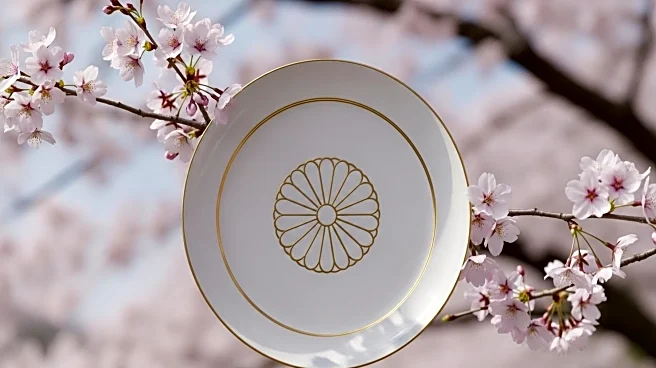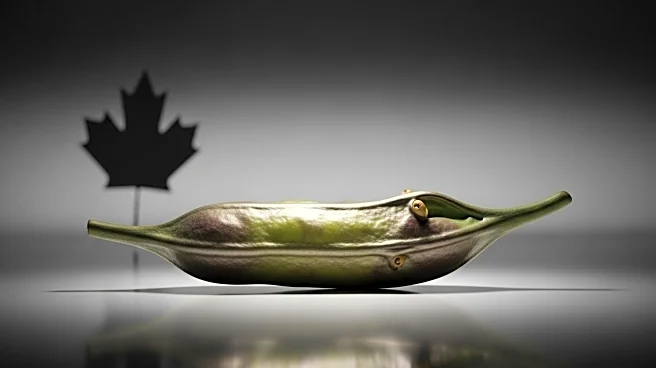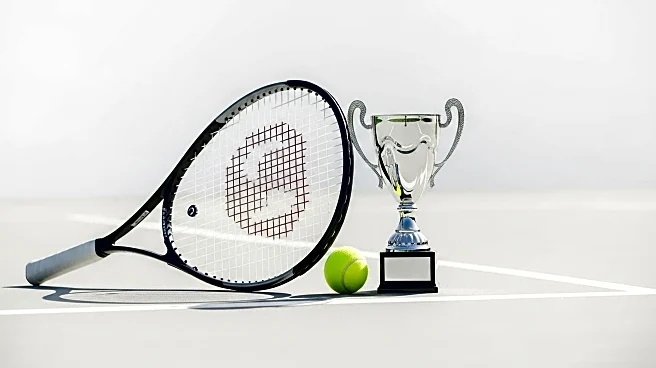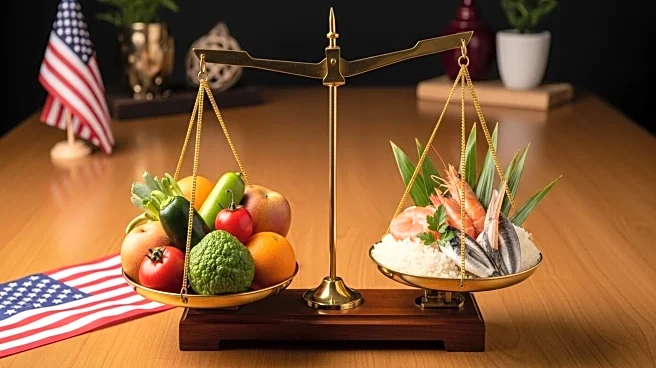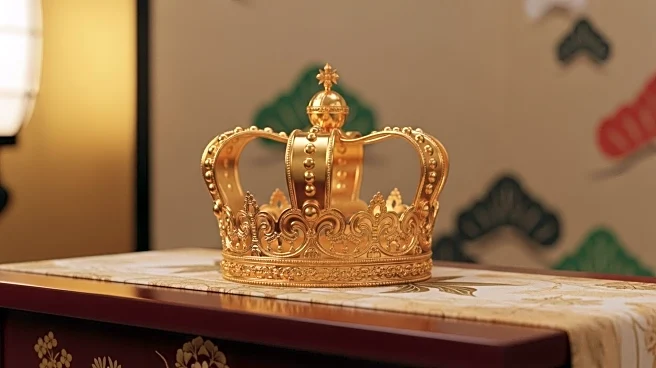What's Happening?
Researchers at Tohoku University have identified a traditional Japanese practice known as Rei-ho, originally performed by samurai, as a potential method to improve leg strength and mobility in seniors. The study, published in the Tohoku Journal of Experimental Medicine, involved a randomized controlled trial where participants engaged in a five-minute Rei-ho routine, four days a week for three months. This routine included controlled squats and sit-to-stand movements, resulting in a significant increase in knee extension strength by 25.9% among the training group, compared to 2.5% in the control group. Rei-ho emphasizes slow, deliberate movements in daily activities, offering a simple, equipment-free way to enhance lower body strength.
Why It's Important?
The findings highlight Rei-ho as a culturally significant and accessible method to combat muscle weakening in seniors, which is crucial for maintaining independence and reducing fall-related injuries. As traditional Japanese lifestyles evolve, incorporating such practices could offer a practical solution to enhance mobility without the need for gym equipment or extensive training. This approach not only preserves cultural heritage but also provides health benefits, potentially reducing healthcare costs associated with senior falls and injuries.
What's Next?
The study suggests that Rei-ho could be integrated into daily routines for seniors globally, offering a unique blend of cultural experience and health improvement. Further research may explore its application in different settings and populations, potentially influencing public health strategies aimed at senior mobility and fall prevention.
Beyond the Headlines
Rei-ho's integration into modern life could foster cross-cultural appreciation and understanding, as individuals outside Japan experience a piece of ancient tradition while benefiting from its health advantages. This could lead to broader discussions on the value of cultural practices in contemporary health and wellness strategies.


